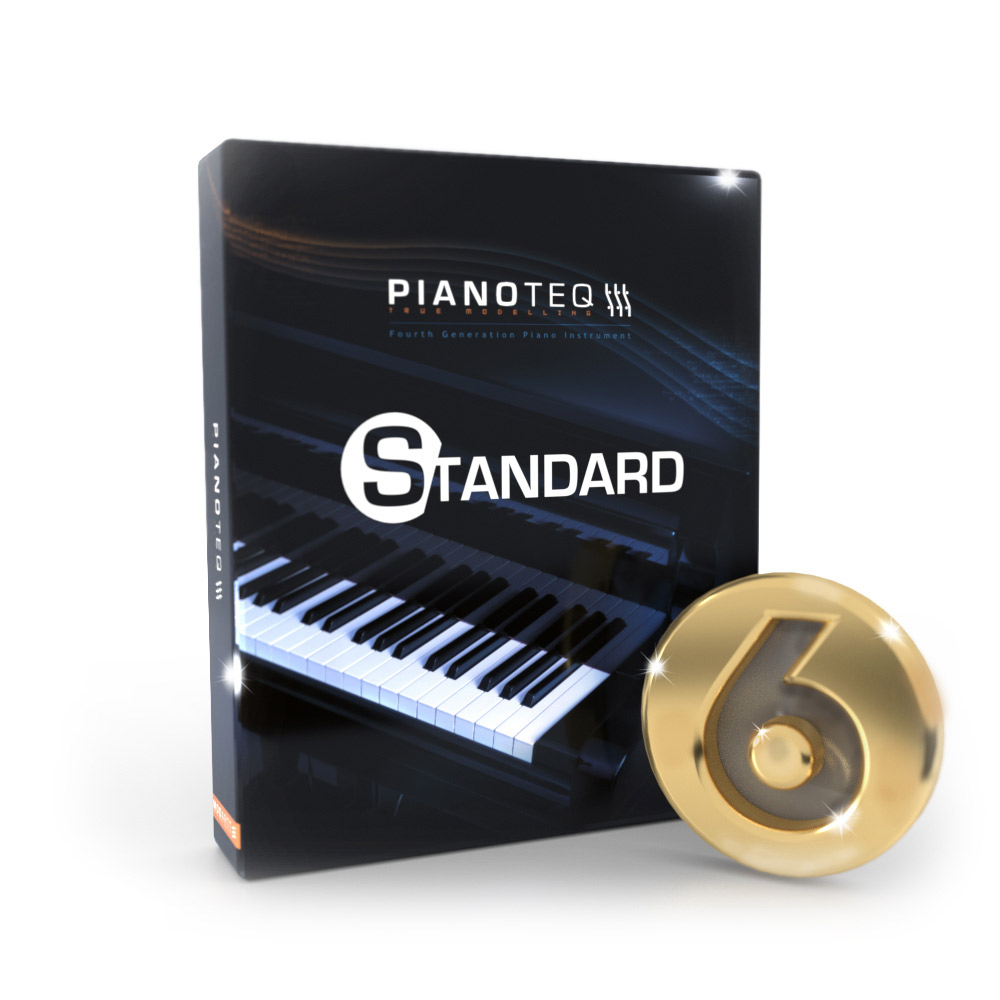

You can upgrade to the PRO version at any time. You can place up to 5 virtual microphones around the instrument and load external reverb impulse files.

Pianoteq 6 Standard offers unique powerful tools to enhance and modify the sound, such as changing the unison width, hammer hardness and string length. You can upgrade to the Standard or PRO version at any time. Pianoteq Stage includes the same instruments, sounds and playability as in Pianoteq Standard and PRO. Pianoteq 6 Stage is the choice of the budget-minded musician who does not need to modify the sound. All versions offer the same modeling engine, instruments, and playability, but differ in the range of features and settings. Pianoteq 6 is available in three different versions - Stage, Standard, and Pro. To the right of the interface, there are buttons to access the Action, Mallet Bounce, Equalizer, and Effects menus. Below, there are settings for volume, dynamics (velocity sensitivity), and global instrument tuning. In most cases, you’ll want to use stereo, though the binaural setting is fun to try if you’re using a nice pair of headphones. Pianoteq 6 can be monitored in stereo, mono, or binaural. For example, the Kawai VPC1 ships with assignable preset velocity curves tailored to various piano VSTs. Before you use this feature, make sure your MIDI keyboard controller doesn’t have a preset curve for Pianoteq. In the middle of the interface, there is a velocity scaler with a calibration feature. To the left of the preset selector, there are icons for the preset management window, save function, parameter freeze function, undo/redo function, and A/B selectors. I currently have the “Steinway D Player Wide” FXP loaded.

If you’ve used Pianoteq in the past, version 6 should look pretty familiar.Īt the top of the interface, there’s a dialog box to select a preset FXP. Thank you to MODARTT for making the upgrade process so affordable! The Interface After seeing it was only a €29 upgrade from Pianoteq 5 Stage to Pianoteq 6 Stage, I immediately bought it. I actually had no idea Pianoteq 6 was released until a friend told me about it two weeks ago. Pianoteq’s sonic quality was, for lack of a better term, plasticky. The only thing I hated about it was the sound. It was the only VST that felt like a real organic instrument. It was by far the most responsive piano VST I’ve ever tried, and I loved the experience of playing music with it. I had a love-hate relationship with Pianoteq 5.
#Pianoteq 6 stage archive
Pianoteq 6 ships with a number of other improvements including advanced microtuning tools, MIDI playback and archive support, improved MIDI mapping, and FLAC and MP3 audio export. Since Apple’s iPhones and iPads also use ARM-based chips, I wonder if there’s an iOS version of Pianoteq in the works… Other Improvements I’m looking forward to seeing some DIY piano modules. MODARTT also added ARM architecture, which means you can theoretically run Pianoteq 6 on a Raspberry Pi 3. Pianoteq 6 is now a VST3 compatible plugin.


 0 kommentar(er)
0 kommentar(er)
